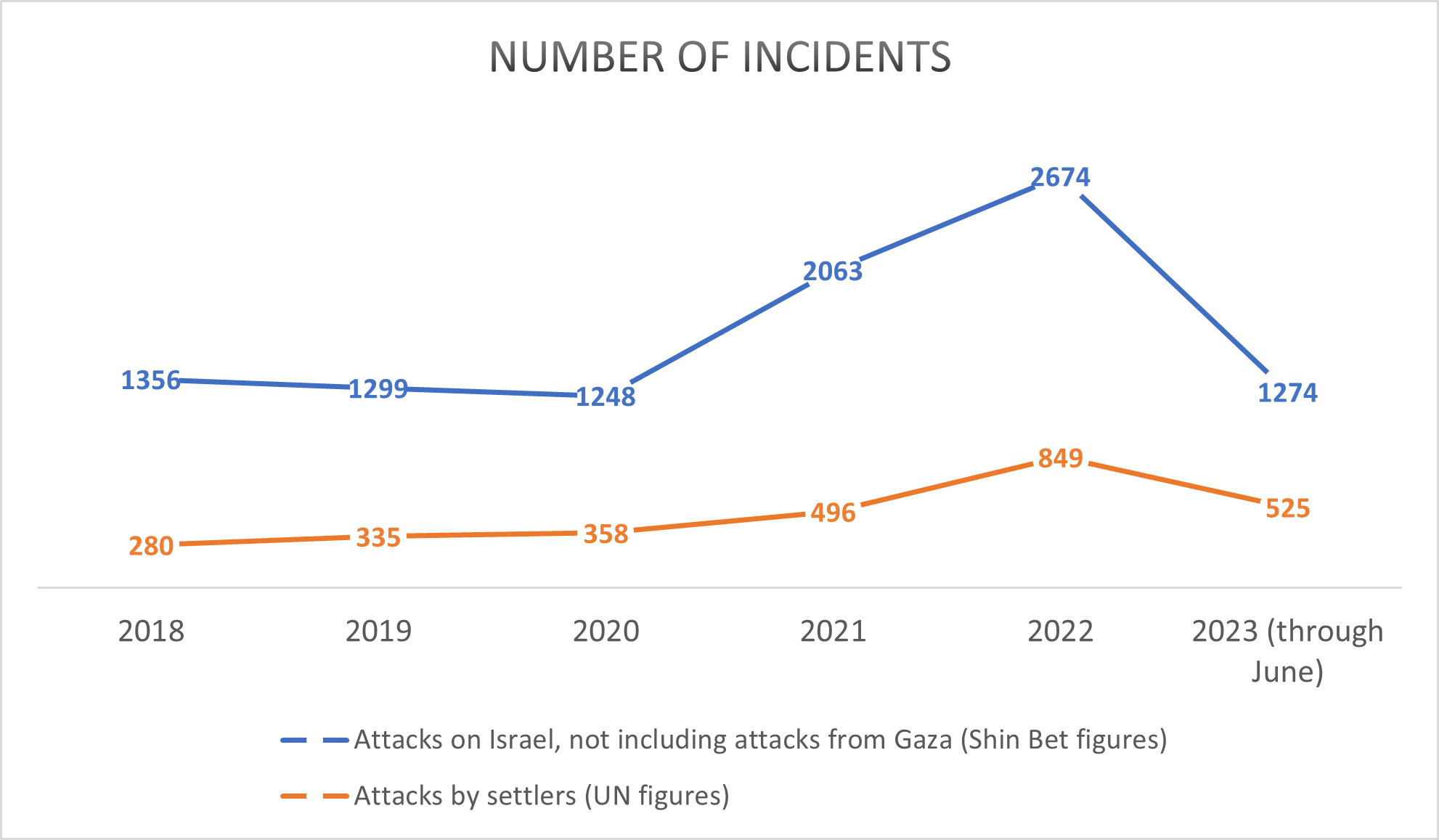CNN has a shaky relationship with polling data, as CAMERA has documented previously. In a previous, admittedly more egregious case, CNN’s Christiane Amanpour appears to have entirely fabricated the existence of polling data that fit her preferred narrative. On July 14, however, CNN’s Abeer Salman took a slightly different track by using existing polling data, but only some of it.
In an article titled “Palestinian leader calls on world to ‘protect us,’ and his people respond with bitter laughter,” Salman reports on the declining popularity of Palestinian Authority president Mahmoud Abbas. To her credit, this is a story that needs to be told.
But Salman, who has a history of slanted coverage (and even uncritically publishing an antisemitic cartoon), doesn’t end there. She portrays the story as one in which Palestinians are frustrated that Abbas is not “protecting” them from “increasing Israeli settler violence and frequent, deadly Israeli military incursions…”
In doing so, Salman shifts the story from one of growing Palestinian extremism and violence into one of Palestinian victimhood. The narrative portrays the situation as one in which Palestinians are mocking Abbas’ “calls for peaceful resistance” (a dubious claim itself) not because they are increasingly supportive of violence against Israelis, but because they are victims of Israeli violence.
But the data, including the polling data from Salman’s own source, works against her narrative.
The CNN reporter cites a Palestinian Center for Policy and Survey Research (PCPSR) poll, pointing out that “71% were dissatisfied” with Abbas as president and “74% demanded that he resign.”
However, Salman leaves out the other side of the story from those PCPSR polls. As Abbas’ popularity has declined, two other indicators have taken notable and contemporaneous turns: (1) support for the two-state solution has declined; and (2) support for “armed confrontations and intifada” has risen.
Tracking all three questions since March 2015, we see the following trend:
Shortly after satisfaction with Abbas began dramatically declining (from 37% in 2020 to 32% in 2021, 23% in 2022, and 19% in 2023), support for armed confrontations and intifada” began sharply increasing (from 43% in 2021 to 52% in 2022 and 58% in 2023). Equally important to note is that support for a two-state solution has simultaneously declined in a similarly dramatic fashion (from 40% in 2022 to 27% in 2023).
That is, the story isn’t just one of declining popularity for Abbas. It’s one of greater support for violence and for rejection of living peacefully, side by side with Israel.
While one must always be cautious of reading too much into polling data, as a recent CAMERA study showed, around the same time that polling data began showing these trends, the level of Palestinian violence dramatically surged, jumping from 1,248 attacks in 2020 to 2,063 in 2021 and 2,674 in 2022. And while UN data suggests violence by Israeli settlers has also increased, the data shows quite clearly that settler violence grew more slowly and remains at levels dramatically lower than Palestinian violence, with 358 incidents in 2020, 496 incidents in 2021, and 849 incidents in 2022.
This preempts the suggestion that the growth in support for violence among Palestinians was a response to growing Israeli violence, given that the data shows the surge in violence has been overwhelmingly driven by the Palestinian side.
One other polling point left out: what Palestinians prefer over “peaceful resistance.” While Salman states that many Palestinians mock calls for “peaceful resistance,” she leaves out what the polls show they prefer: “armed struggle.” While the polling question has not been consistently asked over the same period by PCPSR, the March 2023 poll showed Palestinians chose “armed struggle” (54%) over “popular resistance” (21%) as the “most effective” method to end the conflict and achieve statehood (only 18% chose “negotiations”).
This information exposes Salman’s narrative as rather superficial and misleading in its portrayal of the larger context. While she is correct in noting Abbas’ decline in popularity, a story which deserves far more attention than it has gotten in Western media, her misleading narrative leaves works to distort the other highly relevant trends shaping Palestinian societal views.


